
| Moroccan Architecture : Discover the 5 Styles of Moroccan Art | ||
Moroccan Architecture has significant diversity. It has its roots in Hispano-Moorish art. An art that continues to shine in several Moroccan and foreign monuments. It is an architectural style which was developed more than a millennium ago by Muslims and which, today, still charms the world with its marvelous qualities. The Bahia Palace, the Koutoubia Mosque, the Saadian tombs and the Majorelle garden, Marrakech offers those who love it monuments with varied and sublime architecture that we never tire of admiring. 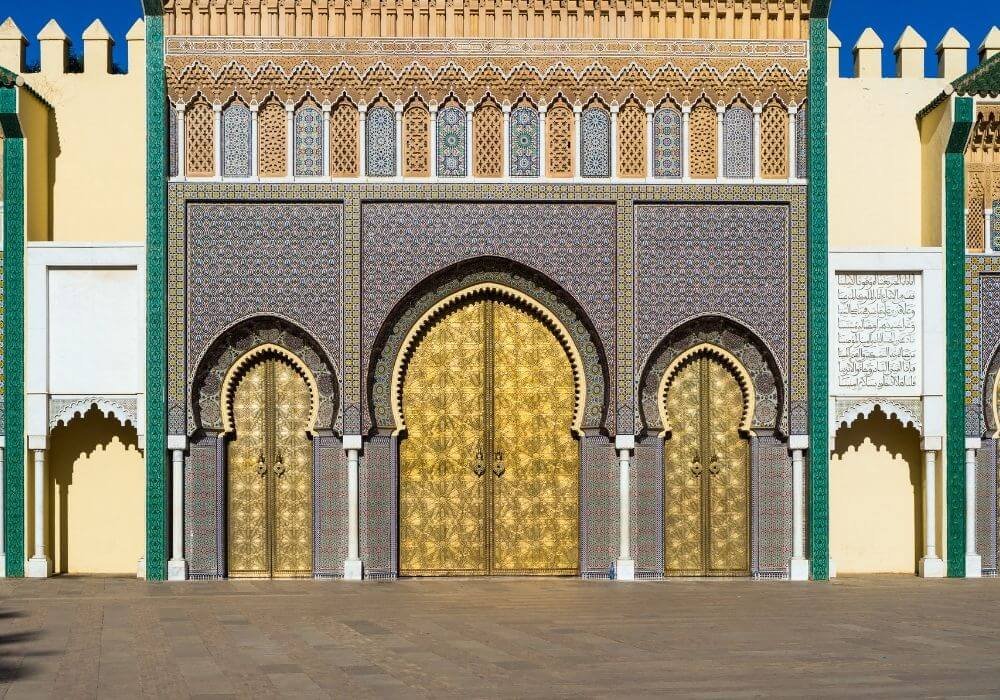 Morocco has long been influenced by its neighboring countries, even in the art of Moroccan architecture. Marrakech is a gold mine of diversity where various cultures meet, today forming historical monuments. Discover 5 styles of Moroccan architecture and be ready to meet Morocco and its history. 1 – The Berber styleBerber style constructions are made from materials found directly in nature: raw earth. The monuments emerging from the ground blend perfectly into the landscapes of southern Morocco, but are nevertheless fragile and require maintenance in order to last over time, such as the El Badi Palace in Marrakech. In Berber culture, men and women make a living from agriculture and women produce rugs and other Berber-style embroidery that is very popular today. A trip to a Berber village will introduce you to the history of this people, present since the 9th century. 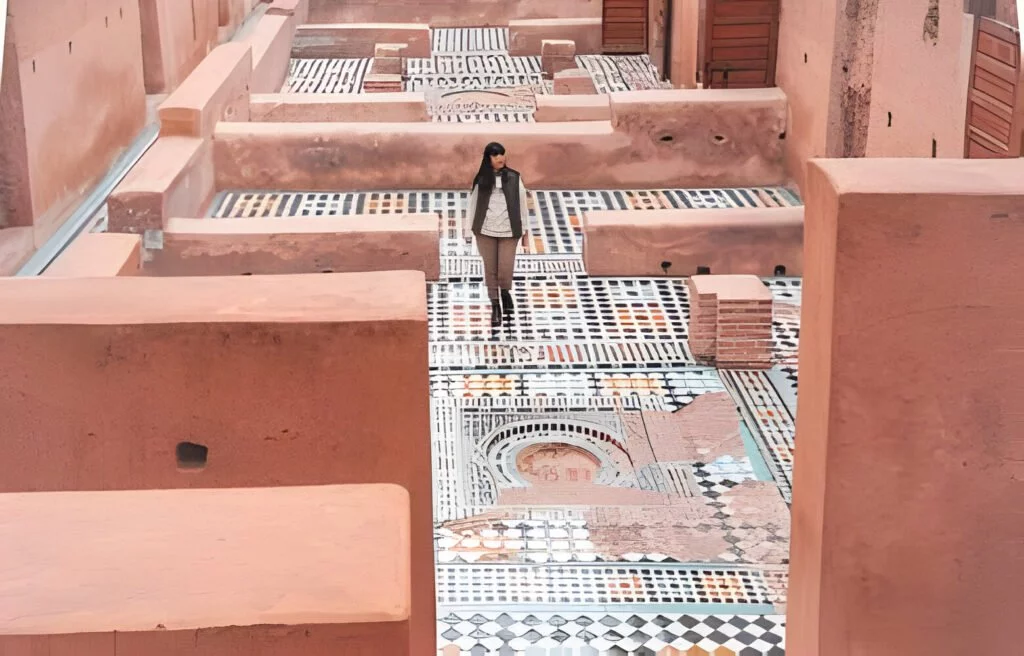 2 – Arab – Andalusian architectureIt was in the 12th century that this architecture established itself in the Maghreb, particularly in Marrakech and Seville, and gave life to sublime monuments such as the Mosque of Cordoba or the Palace of Medina Azahara. At that time, architects had only one key word: Grandeur. When you visit the Palace of Cordoba, you will be able to admire the arched moldings, marble walls and Byzantine mosaics and witness an admirable architecture full of history. 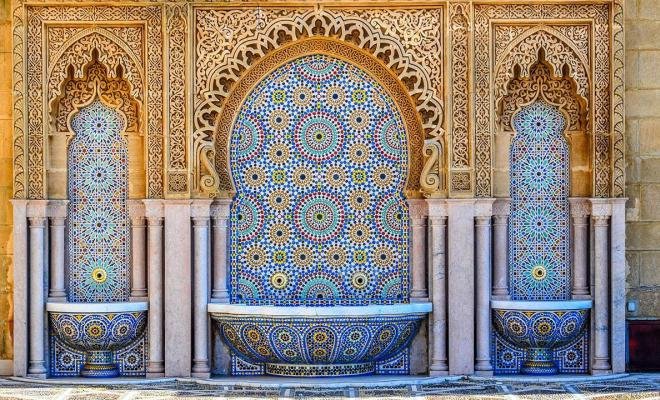 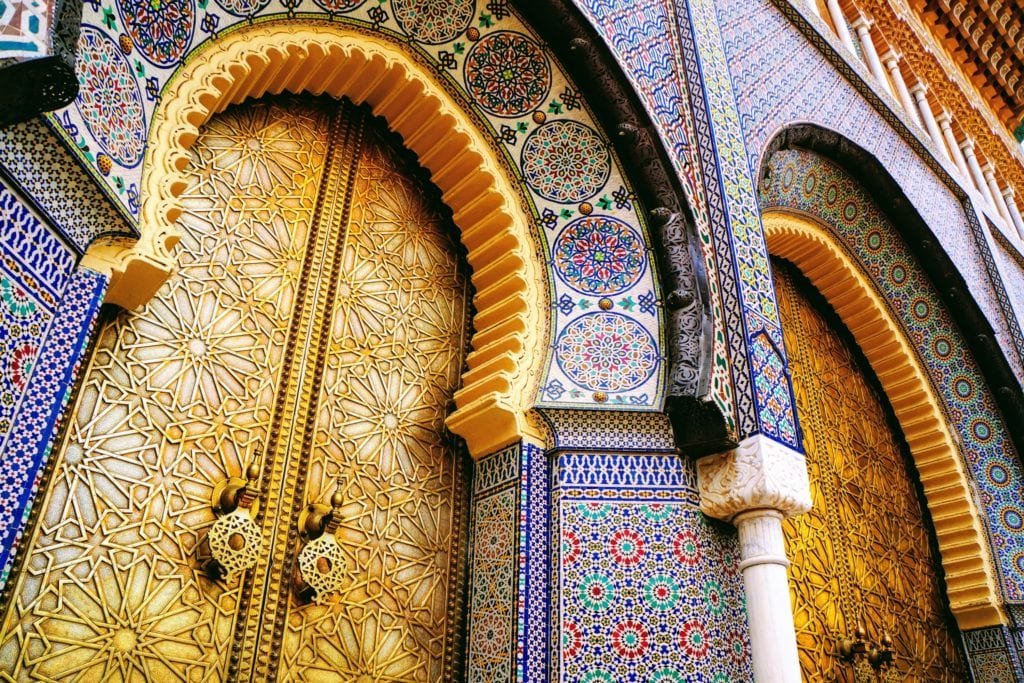 3 – Colonial architectureStep into the early 20th century and discover the colonial Moroccan architecture. Under French influence, colonial houses, Art Nouveau buildings and Art Deco buildings were born in the so-called “European” neighborhoods which took their mark next to the medinas. The monuments are a perfect blend of two architectures. The Al Maghrib Bank built in 1920 in Rabat is made of a typically European structure with local ornaments. Recently converted into a currency museum, this building is the legacy of Moroccan history. More recently, the Yves Saint Laurent museum in Marrakech is inspired by colonial architecture with shapes and colors typical of Morocco which blend into a European structure. 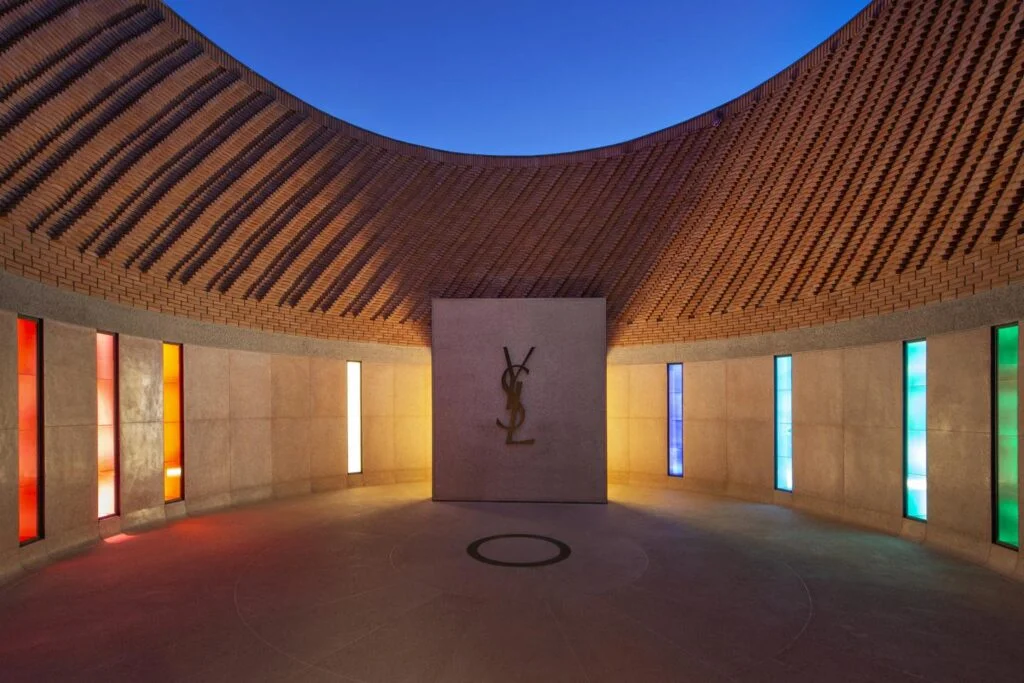 4 – Contemporary style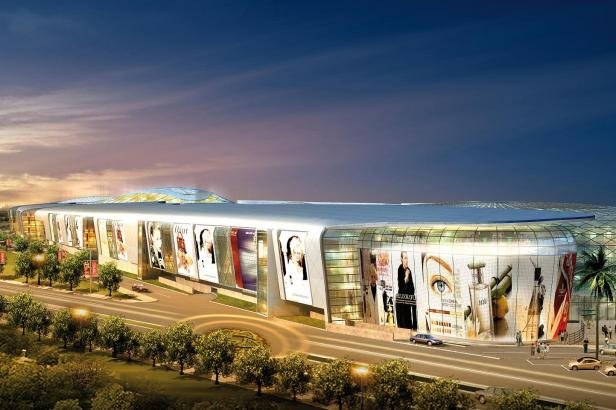 The contemporary style is taking hold in Morocco with buildings that contrast with the Berber or Arab-Andalusian style such as the Morocco Mall in Casablanca or the future grand theater in Rabat which was due to see the light of day in early 2019. The contemporary style promises a new blows to the country since it aims to attract many travelers and reveal to them a new face of Morocco. 5 – Portuguese influence in MoroccoAlthough the time of “The Algarve beyond” is over, Morocco retains the traces of an ancient Portuguese cohabitation which lasted from 1415 to 1769. The city of El Jadida located in the North-West of Morocco was built by the Portuguese then taken over by the Moroccans, its fortifications and ramparts constitute the perfect example of Portuguese military architecture of the Renaissance, which today blend perfectly into the landscape and constitute the history of the country. 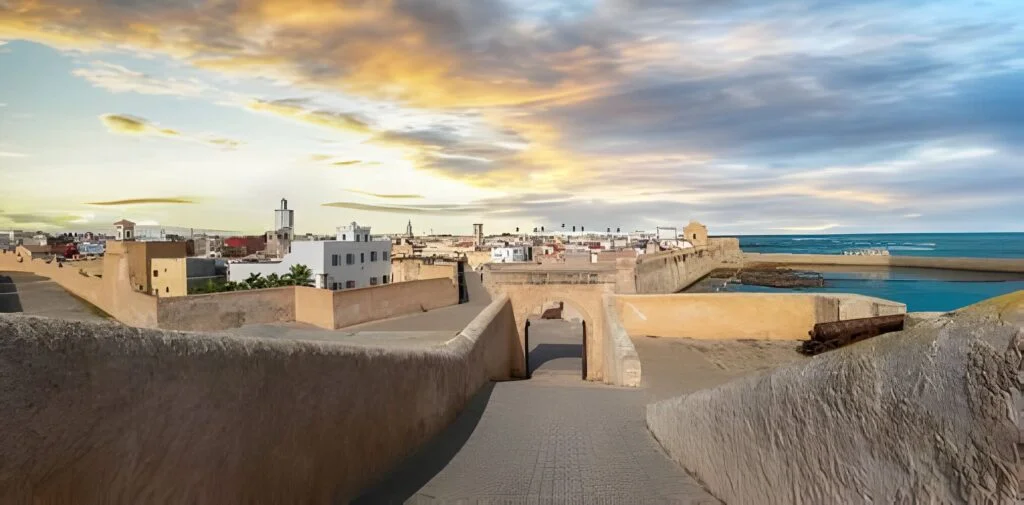 |
||

 Азов, Кропоткин и Судак: куда выгодно на майские праздники из Краснодара
Азов, Кропоткин и Судак: куда выгодно на майские праздники из Краснодара  Создайте свой интернет-магазин на новой платформе ReadyScript
Создайте свой интернет-магазин на новой платформе ReadyScript  Хостинг, домены, VPS/VDS, размещение серверов
Хостинг, домены, VPS/VDS, размещение серверов 